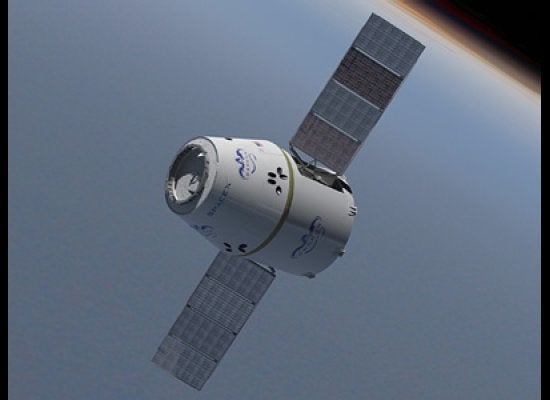Third time's a charm!
After complications on previous attempts, SpaceX launched the DSCOVR space weather satellite on Wednesday evening from Cape Canaveral, Fla., beginning a million mile journey to monitor geomagnetic storms.
(Story continues below.)
The launch was first scheduled to occur on Feb. 8, but was postponed after a critical radar-tracking system failed. Rescheduled for Feb. 10, the launch was scrubbed again "due to upper level winds," according to the National Oceanic and Atmospheric Administration.
But on the third attempt, the weather cooperated, allowing what appeared to be a textbook launch for the unmanned rocket.
The original plan was for one of the boosters from the Falcon 9 rocket to return to Earth and land on a barge in the Atlantic Ocean. Such a landing is seen as an important step toward the development of reusable rockets that could dramatically reduce the costs of spaceflight. This aspect of the launch was dropped due to rough seas.
"The drone ship was designed to operate in all but the most extreme weather," the company said in a written statement. "We are experiencing just such weather in the Atlantic with waves reaching up to three stories in height crashing over the decks. Also, only three of the drone ship’s four engines are functioning, making station-keeping in the face of such wave action extremely difficult."
SpaceX tried a barge landing previously in January, but the booster crash-landed and exploded.
The DSCOVR satellite the rocket was carrying is to travel one million miles to the Lagrange point, where it will provide advance warnings of incoming geomagnetic storms, the Associated Press reports.
